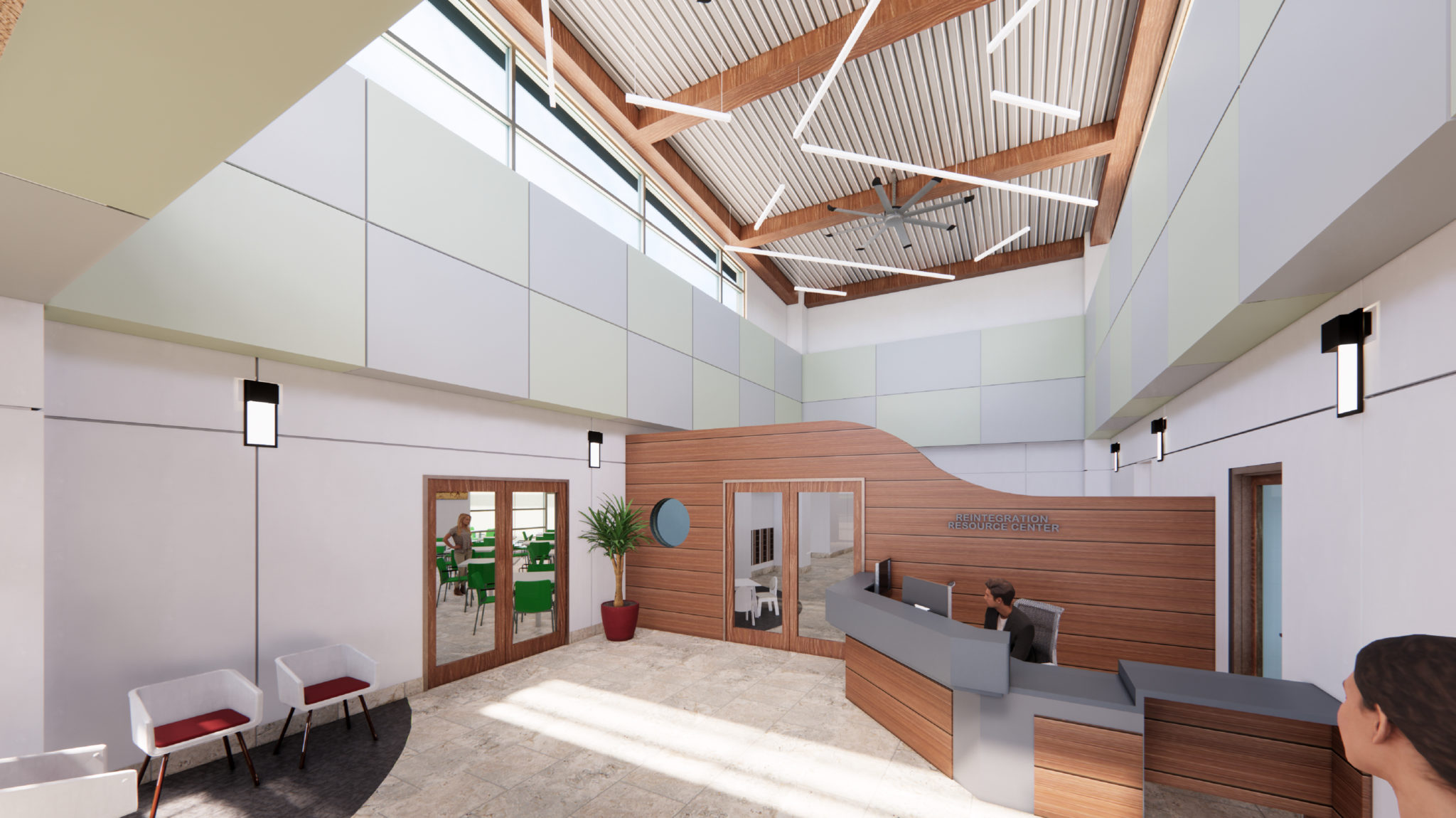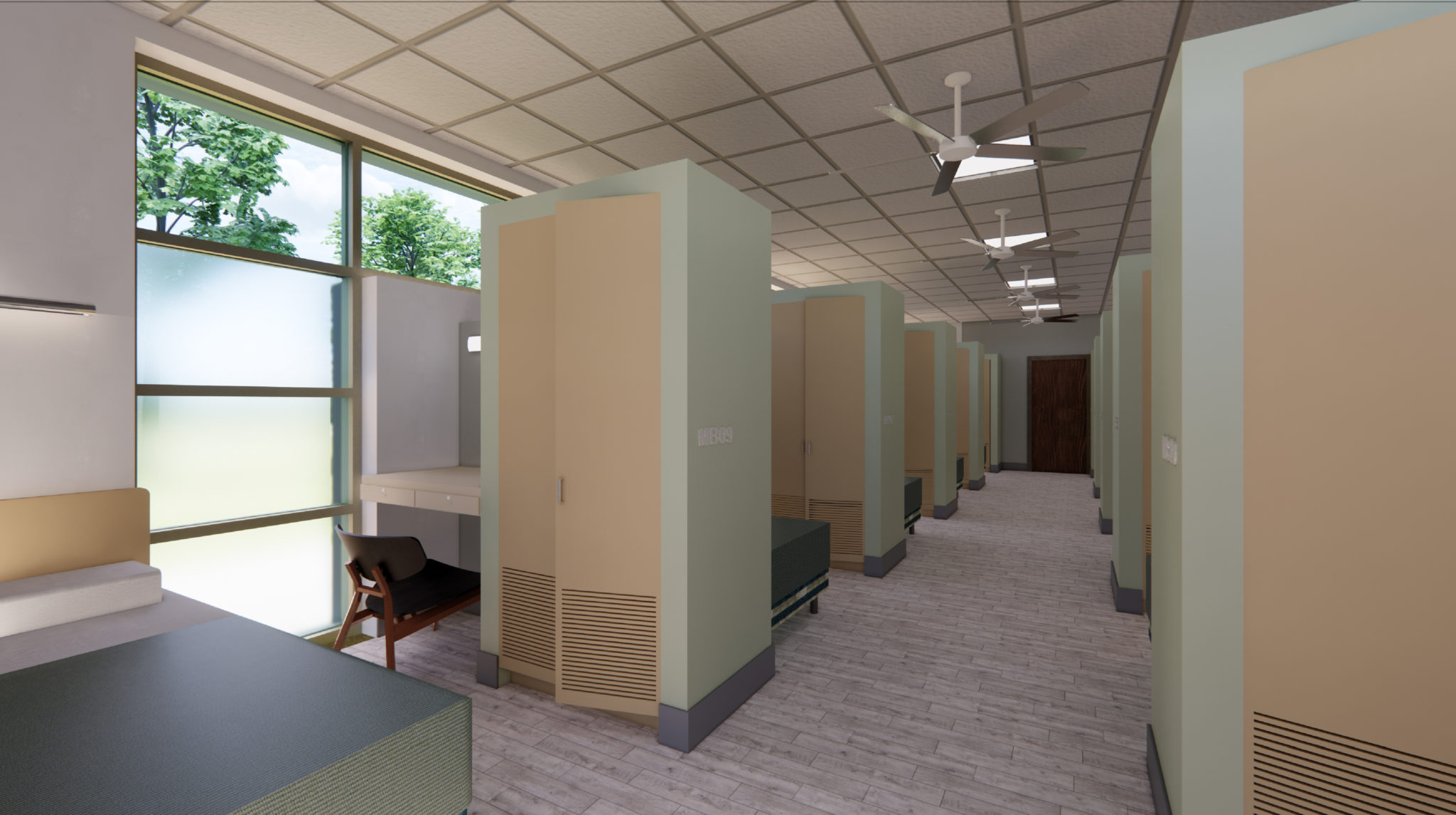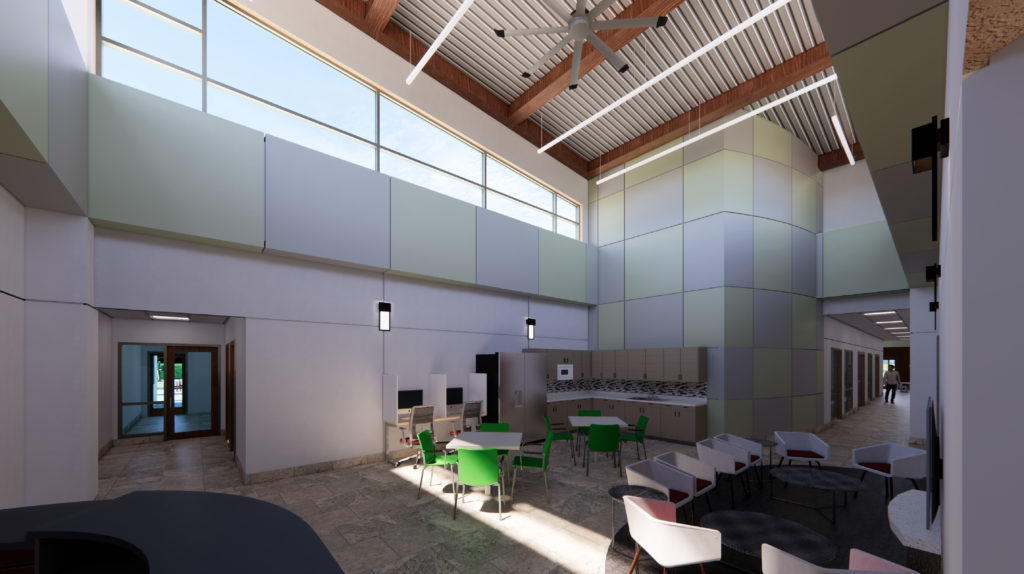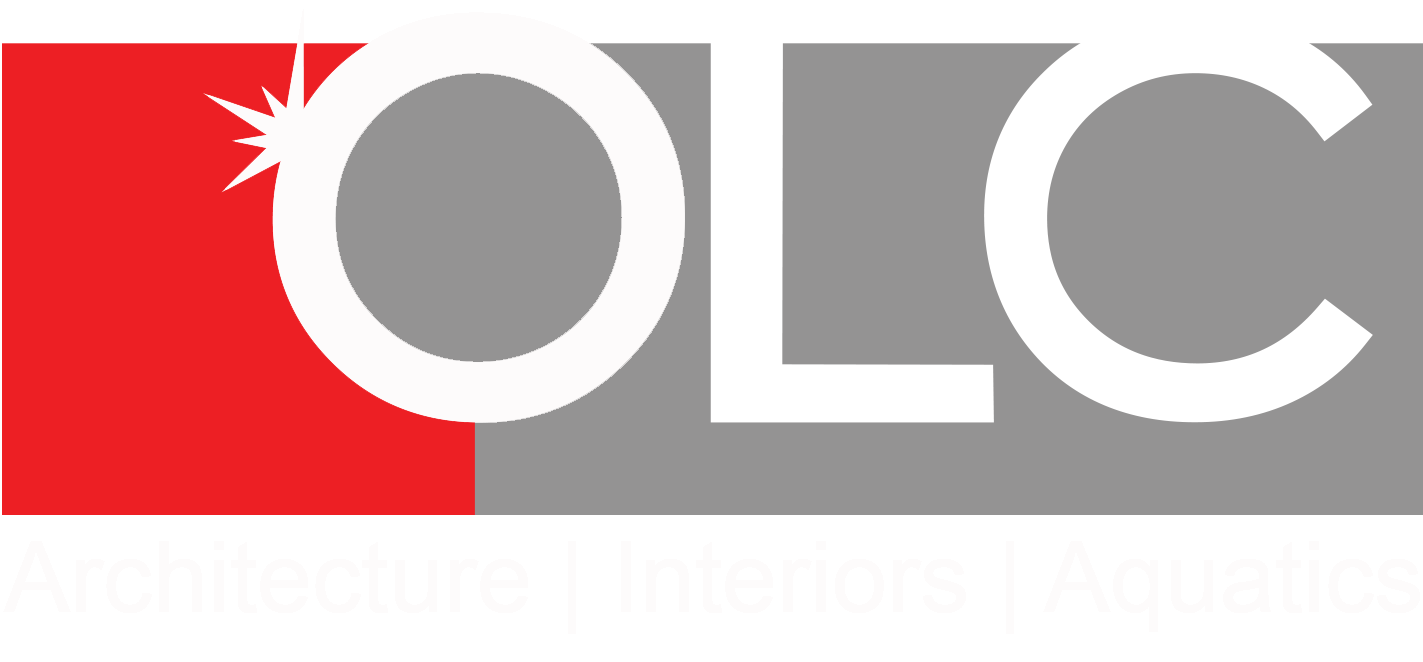
05 May New Approach to Homeless Shelter Design
In 2019, according to HUD’s Annual Point-in-Time Count, there are almost 570,000 homeless individuals in the USA. New research in 2020 indicates that with the Covid crisis, an estimated $ 11.5 billion is the immediate need for 400,000 new shelter beds needed to accommodate everyone who is unsheltered and ensure appropriate social distancing. Unsheltered homelessness has already been growing since 2016 by 22 percent over the last five years. A staggering number has created a growing concern for every community.
Federal and state funds can assist in overcoming this crisis. Transforming individuals into productive community members helps to reduce the amount of criminal activity. The homeless person is most likely to be the victim of this crime through assault, robbery, injury, traffic accident, drug abuse, or overdose.
Most homeless populations stem from job loss, the loss of loved ones, veteran trauma, or domestic violence, and not by choice.

What is the road map to the recovery of these individuals?
Homeless Shelters are sometimes perceived negatively – as a place to crash in for the night, provide one or two meals, and then out to wander the streets again. A continuous cycle that keeps the homeless as homeless.
The new approach implemented by different municipalities is what OLC proposed for a recent project is Reintegration. The individual is provided with decent accommodations for a relatively short period of 90 to 120 days and provided with counseling, medical attention and treatment, interview skills, basic to advanced computer skills, clean clothing, and community outreach to secure a paying job for every individual. By the end of the transition period, they should be in a position, with the help of a counselor, to find permanent accommodations and move on with their life independently.
How can the design components influence the healing and integration process?
Individual Preference
As human beings, each of us falls into a particular age group; we have different levels of activity and sleeping cycles. By dividing each gender dormitory into sub dormitories, they have a choice of with whom to stay.
Dignity and Privacy
Providing an individual sleeping area separated with partitions, providing lockers and desks offer a home-like atmosphere, as well as a sense of privacy and respect.
Education and Career Advancement
It is essential to these individuals’ meaning and purpose. Extending a lifeline to secure jobs, computer stations, job interview training, and computer classes will go a long way.
Food, Hygiene, and Clothing
These are essential ingredients for well-being and self-esteem. A well-balanced diet is the main ingredient to build the immune system. Providing toilets, showers, and laundry facilities help killing germs and viruses.
Medical intervention
A growing number of homeless are suffering from medical conditions that need close attention; the pre-existing condition makes it harder for the body to fight and overcome new illnesses. Based on locality and nearby medical facilities, a dedicated clinic with quarantine beds or a mobile clinic regularly visiting the facility would provide much-needed medical attention.
Community Engagement
The residents must engage with the community, but it is also crucial that the community acknowledges the hardships these individuals face and understand that they deserve an opportunity to be a productive part of their community. Community volunteering in donating clothes, books, food, and sponsoring job fairs are essential ingredients in Integrating the residents into the community.

Design to speed up the healing process.
Safe and Secure
Being in a safe, welcoming atmosphere is an essential ingredient in the life of each individual.
A strategically placed supervisor’s control desk provides the necessary control and required safety of the premises, provides a welcoming go-to person for resident support, and does not feel like a prison guard station. Cameras should be in circulation and common areas to avoid invading the privacy of the residents. The use of card readers for staff and residents provides a record of usage as well as grant precise access to each individual from the main entrance to the sleeping quarter. It also reduces the hassle of missing keys or unauthorized use.
Daylighting
Through studies and extensive experience in the fields of wellness, fitness, and healthcare, daylight has a tremendous effect on individuals’ mental, psychological, and physical health. Providing clerestory windows in the center, inherently dark areas, and high-level windows in the dorms transforms the space while providing privacy.
Air Quality
One of the major concerns in a shelter is the odor and the spread of disease and viruses, especially with the unprecedented SARS, COVID-19, and what may come. To fight that, the first line of defense is a 100% fresh air mechanical system. New technology, such as disinfecting-fans in dorms, reduces the load on the A/C while killing the viruses and eliminating the odors at the source. In the common and passageways where artificial light is used for an extended time, disinfecting-light-fixtures would be the optimum choice.
Touchless access and toilet accessories
Touchless toilet accessories are in increase demand due the obvious hygiene benefits in reducing the germ and virus transmission such as faucets, soap dispensers, flush tanks, and touchless drinking fountains. Adding a simple leg pull could eliminate touching the door in the way out of a toilet.
Color and atmosphere
Colors play an increasing role in the well-being of each individual. Soothing, lively, and toned-down colors are the perfect recipe to give confidence and calm the troubled soles of the homeless.
White, by its variances, give openness to space in the common areas, complemented by accent colors.
Outdoor activities
To feel more like home, providing outdoor activity areas, gardening and sports are all necessary for the well-being and should be encouraged.
The Reintegration Process is the best way to help the community gain active, productive members while reducing crime and health issues.
About the Author
Maged Elsheikh is a senior principal and architect with over 35 years of practicing architecture. OLC is an international architectural firm established in 1961 and dedicated to improving the well-being of others.
For additional information contact:
Maged Elsheikh
O: 407 992 0470 | C: 407 342 3565


